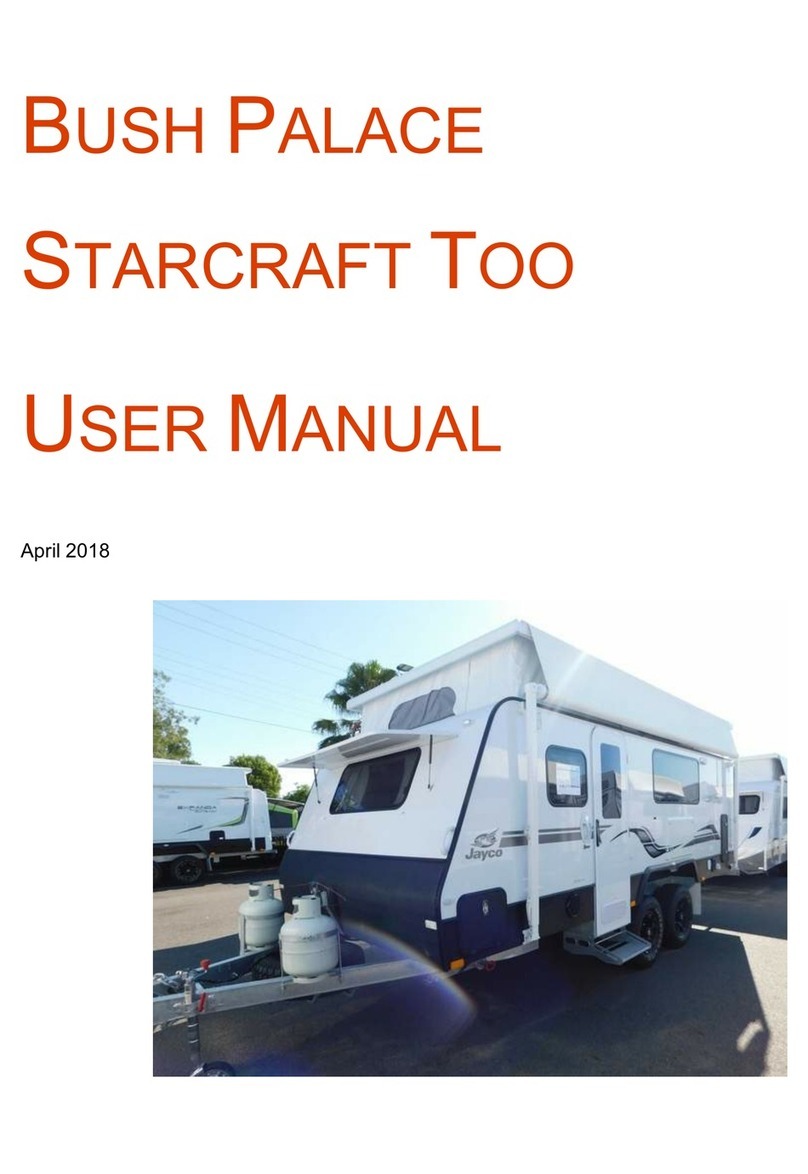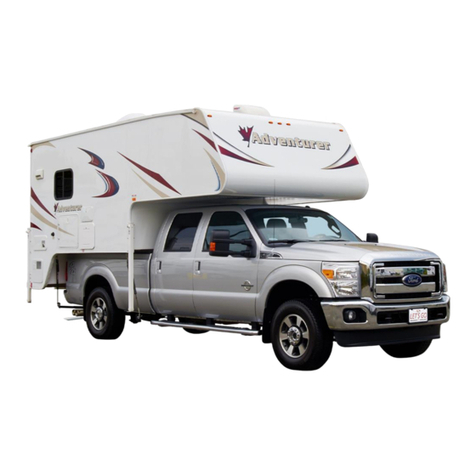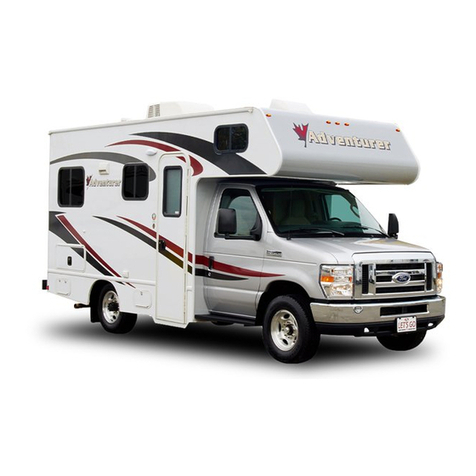Page | 1
CANADIAN TRAFFIC RULES AND ROAD SIGNS...............................................................................2
TRAFFIC RULES .................................................................................................................................................................2
ROAD SIGNS .....................................................................................................................................................................4
CABIN..........................................................................................................................................5
IGNITION SWITCH.............................................................................................................................................................5
BATTERY BOOST SWITCH .................................................................................................................................................5
AUTOMATIC TRANSMISSION............................................................................................................................................5
TOW/HAUL.......................................................................................................................................................................5
CRUISE CONTROL .............................................................................................................................................................6
PARKING BRAKE (EMERGENCY BRAKE/HAND BRAKE) .....................................................................................................6
HEATED SIDE MIRRORS ....................................................................................................................................................6
ELECTRONIC LEVELING SYSTEM .......................................................................................................................................6
RADIO/BACK UP AND MIRROR CAMERA..........................................................................................................................8
AUTOMATIC STEP.............................................................................................................................................................8
VEHICLE CARE AND MAINTENANCE..............................................................................................8
GASOLINE .........................................................................................................................................................................8
ENGINE OIL.......................................................................................................................................................................8
TIRES.................................................................................................................................................................................9
VEHICLE SPECIFICATIONS...........................................................................................................10
EXTERNAL VIEW ........................................................................................................................11
AWNING .........................................................................................................................................................................11
ELECTRICAL SYSTEM.......................................................................................................................................................12
BATTERY SWITCH POSITION...........................................................................................................................................12
LIGHTS ............................................................................................................................................................................12
GENERATOR ...................................................................................................................................................................14
PROPANE TANK ..............................................................................................................................................................16
WATER SYSTEM..............................................................................................................................................................17
TOILET ............................................................................................................................................................................19
WASTEWATER ................................................................................................................................................................19
HEATING/AIR CONDITIONING........................................................................................................................................20
DINETTE TABLE/BED COMBINATION..............................................................................................................................21
BUNK BED.......................................................................................................................................................................21
COOKING AREA ..............................................................................................................................................................21
MICROWAVE ..................................................................................................................................................................22
FRIDGE............................................................................................................................................................................25
SLIDE-OUT ......................................................................................................................................................................27
SAFETY EQUIPMENT ..................................................................................................................29
SMOKE DETECTOR/CARBON MONOXIDE ALARM ..........................................................................................................29
FIRE EXTINGUISHER........................................................................................................................................................29
PROPANE DETECTOR/ALARM.........................................................................................................................................29
RETURNING THE VEHICLE...........................................................................................................30
































